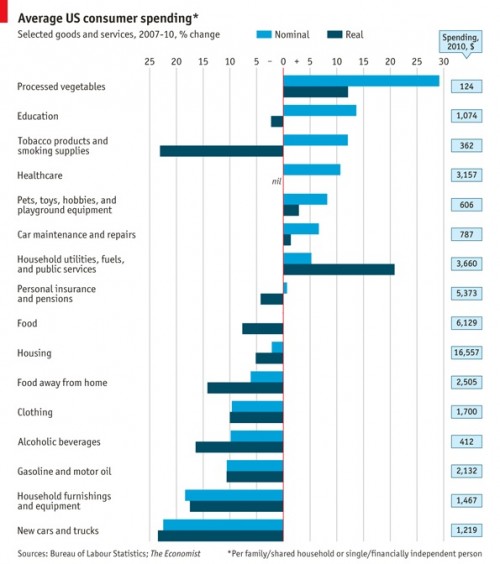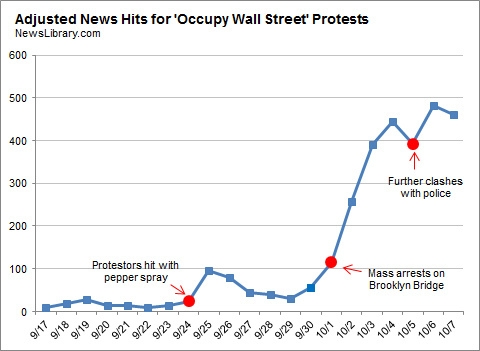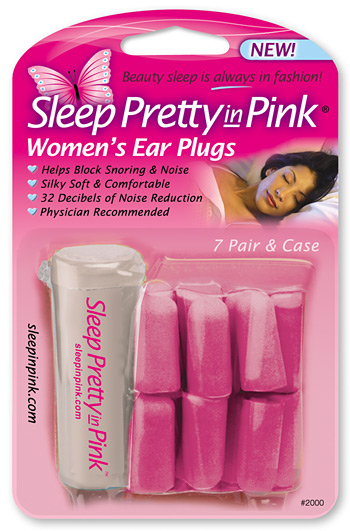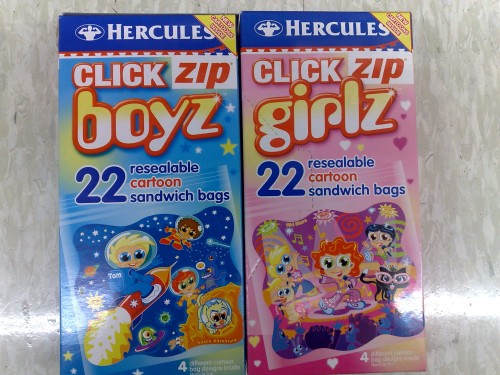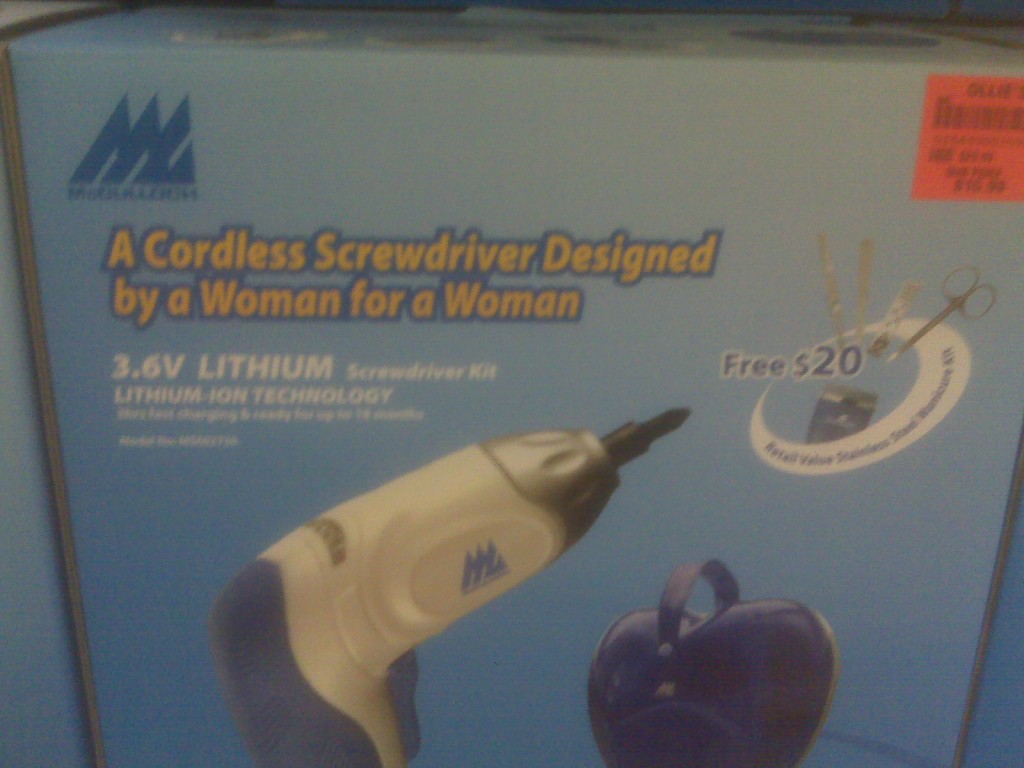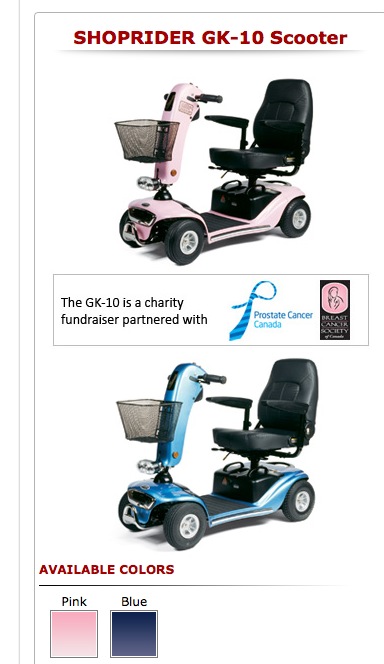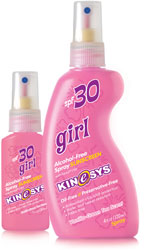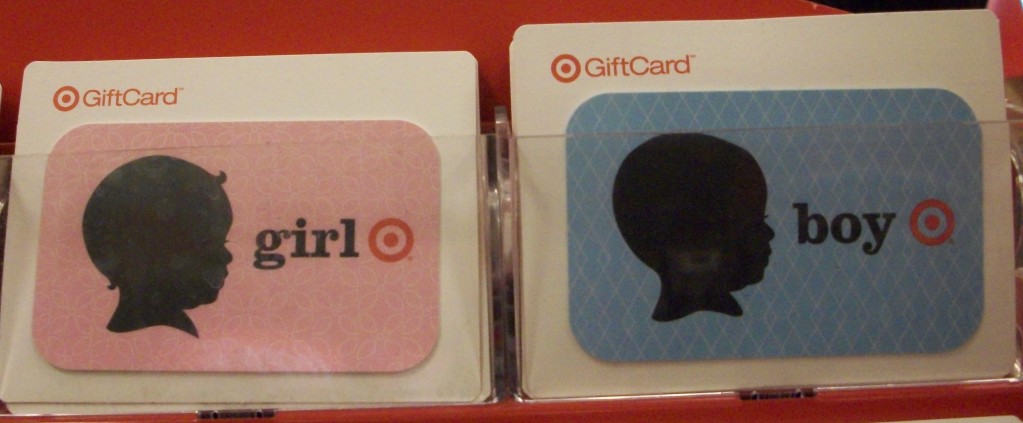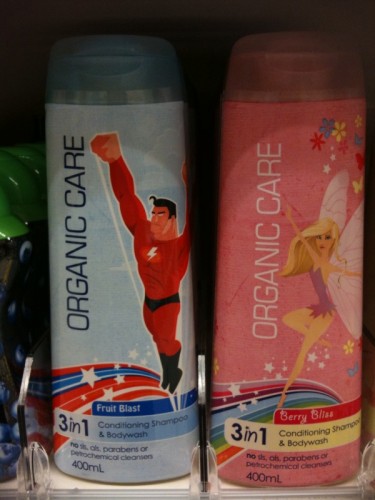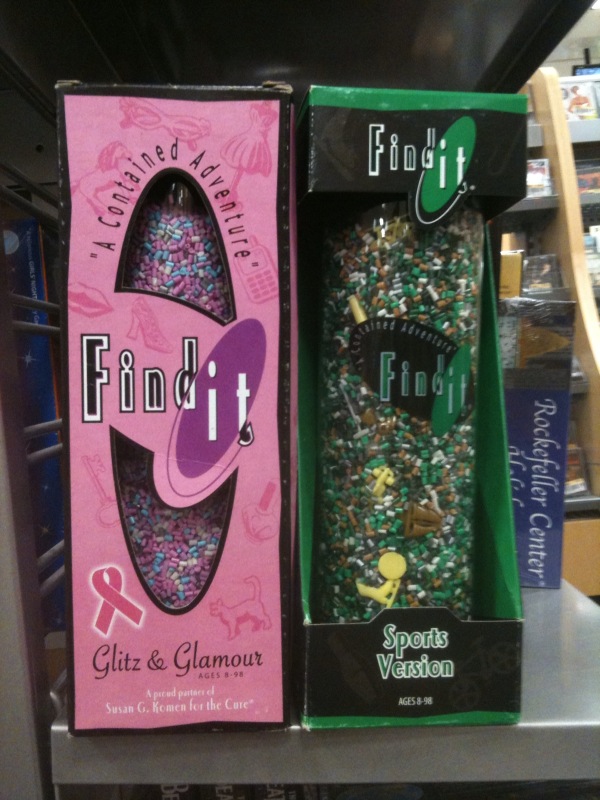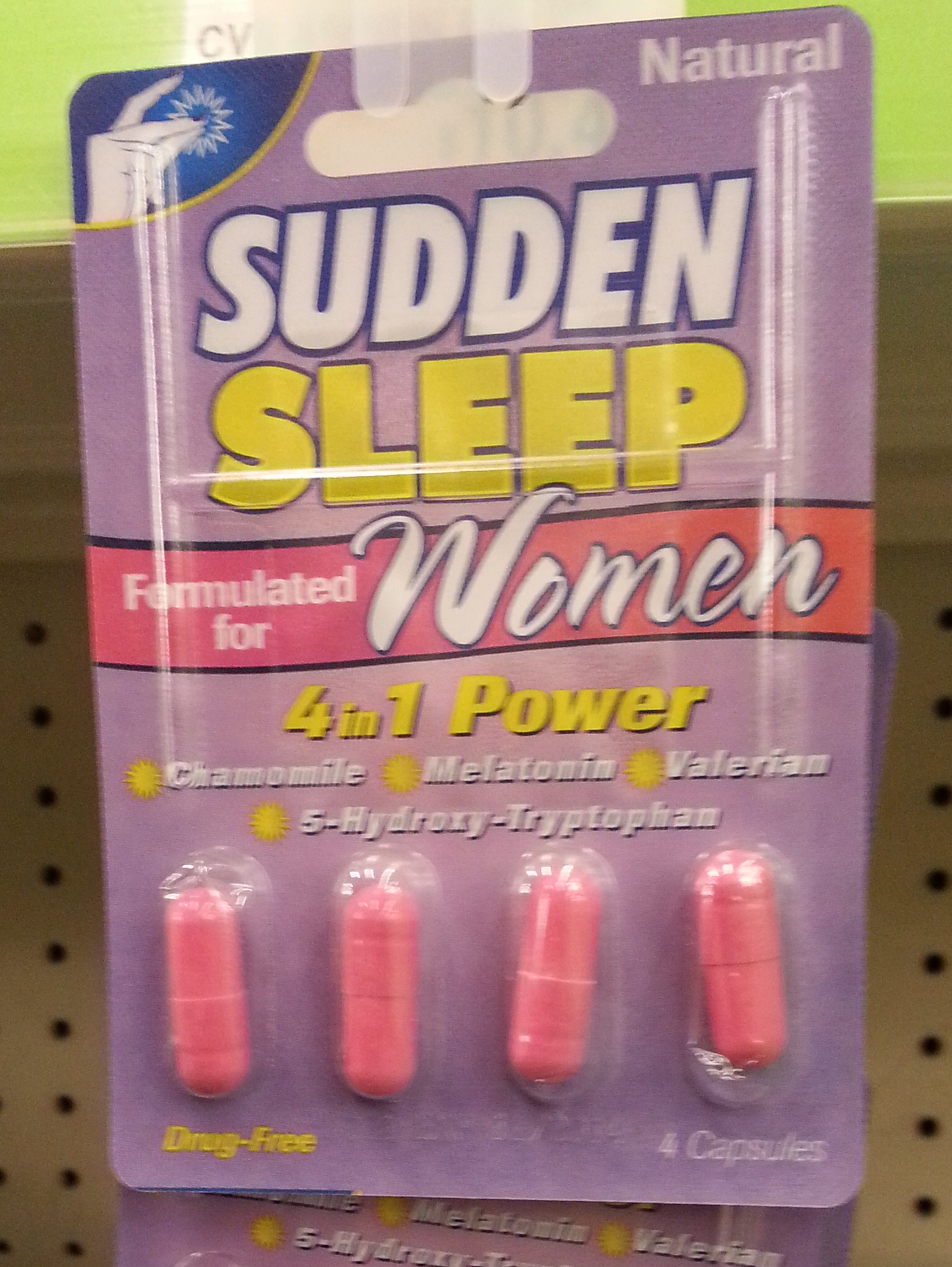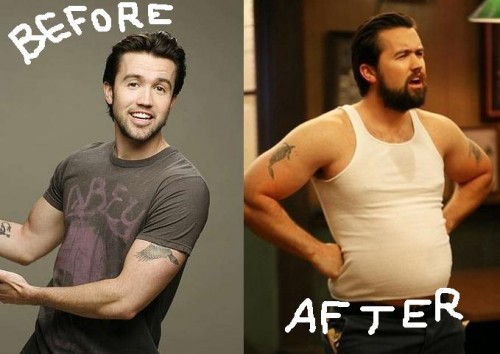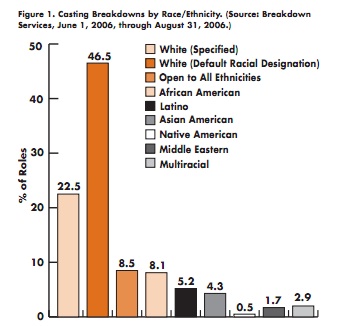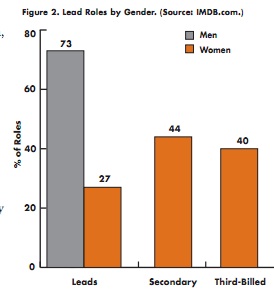To add to our coverage of sketchy Halloween costumes and the social significance of costume themes Ann K., Dolores R., Tessa S., Zeynep A., and occasional guest blogger Brady Potts all sent in an opinion column that ran in the New York Times on Friday about a costume party at Steven J. Baum, a law firm near Buffalo, NY. Steven J. Baum specializes in representing banks and mortgage companies as they attempt to foreclose on homes and evict the residents; according to the NYT piece, it is the largest such firm in New York, representing clients such as Bank of America and JP Morgan Chase.
Apparently the company has a big annual Halloween party, with employees encouraged to dress up and the office elaborately decorated. In 2010, the theme in one department was…mocking people who are losing their homes. Part of the office was decorated as “Baum Estates,” a set of foreclosed-upon homes, and some employees dressed up as residents of homes in foreclosure, whom they depict as dirty, pathetic, booze-loving liars. Part of the room was decorated as foreclosed homes; the sign says “Foreclosure Sale.”
Recently I posted about Philip Zimbardo’s research on conformity and the ways that seemingly normal people become involved in horrible acts, and I think his research has some relevance here. It’s possible these employees are all openly mean-spirited, callous people who lack compassion, and that they were like that before they got to Steven J. Baum. But more likely, they are reacting to a corporate culture that gives clear signals that this type of attitude and behavior is acceptable. Indeed, according to the NYT article,
When we spoke later, [the former employee who sent the photos] added that the snapshots are an accurate representation of the firm’s mind-set. “There is this really cavalier attitude,” she said. “It doesn’t matter that people are going to lose their homes.” Nor does the firm try to help people get mortgage modifications; the pressure, always, is to foreclose.
For these employees, there’s going to be a powerful motivation to view people being foreclosed upon as lying, stupid cheats. Day after day, your job is to help kick people out of their homes. Your workplace has made it clear that the preferred outcome is always to foreclose, not to help people get loan modifications that might allow them to stay in their homes. Your job, by definition, requires you to not try to help people, even when they have legally-guaranteed options available.
Given that situation, belittling the homeowners, dehumanizing them, thinking of them as just stumbling blocks who cause you headaches with their complaints that you haven’t followed proper procedure, their efforts to legally block the foreclosure proceedings, their various attempts to avoid becoming homeless…those seem like unsurprising outcomes encouraged as part of the corporate culture, and job requirements, described at Steven J. Baum.
—————————
UPDATE: It appears that Steven J. Baum PC has folded in the aftermath of this scandal. Reports Globe St.:
Gwen Sharp is an associate professor of sociology at Nevada State College. You can follow her on Twitter at @gwensharpnv.New York’s largest foreclosure firm, Steven J. Baum PC, has announced “mass layoffs,” signaling that the firm is closing its doors. The move followed recent decisions by Fannie Mae and Freddie Mac to stop referring new cases to the embattled firm.

